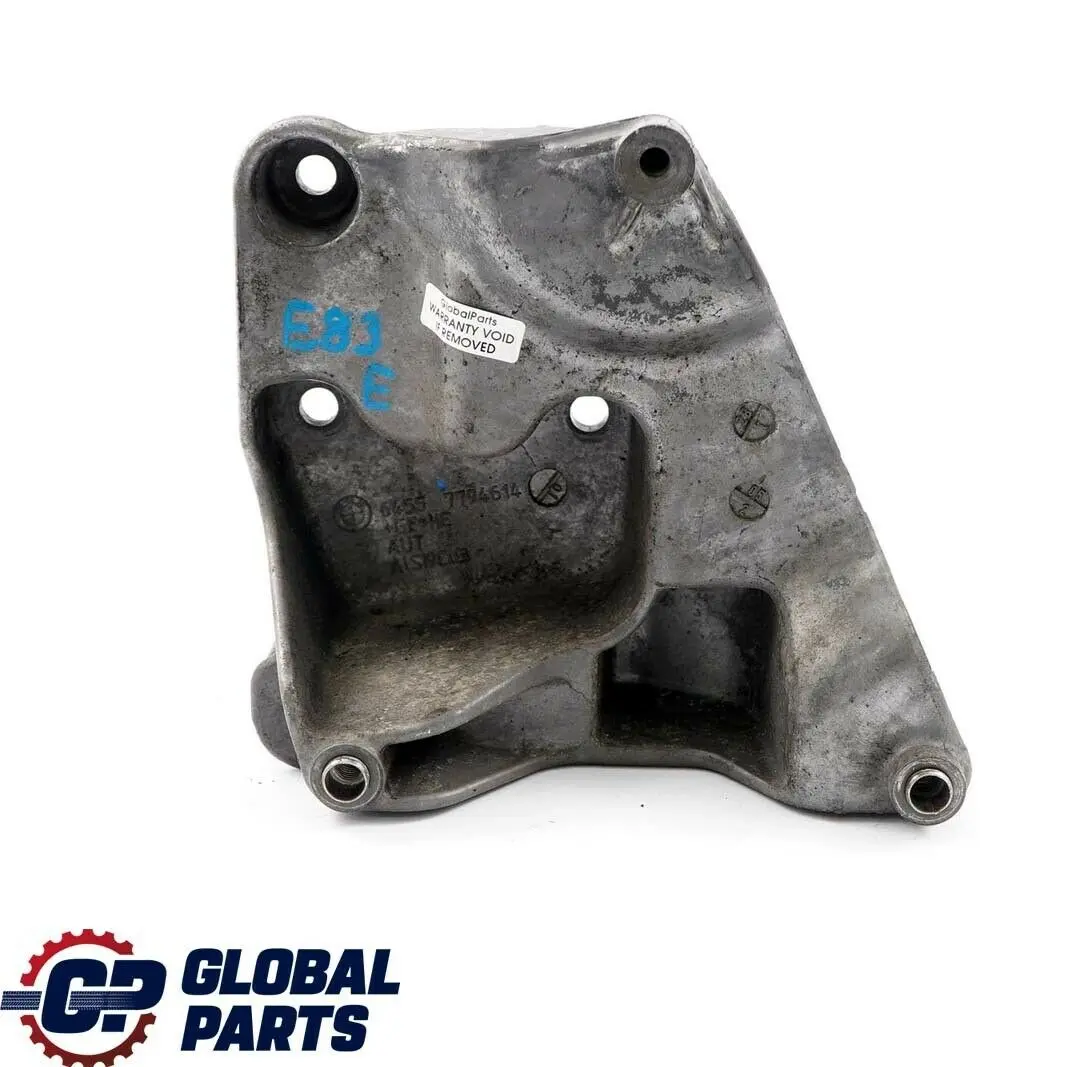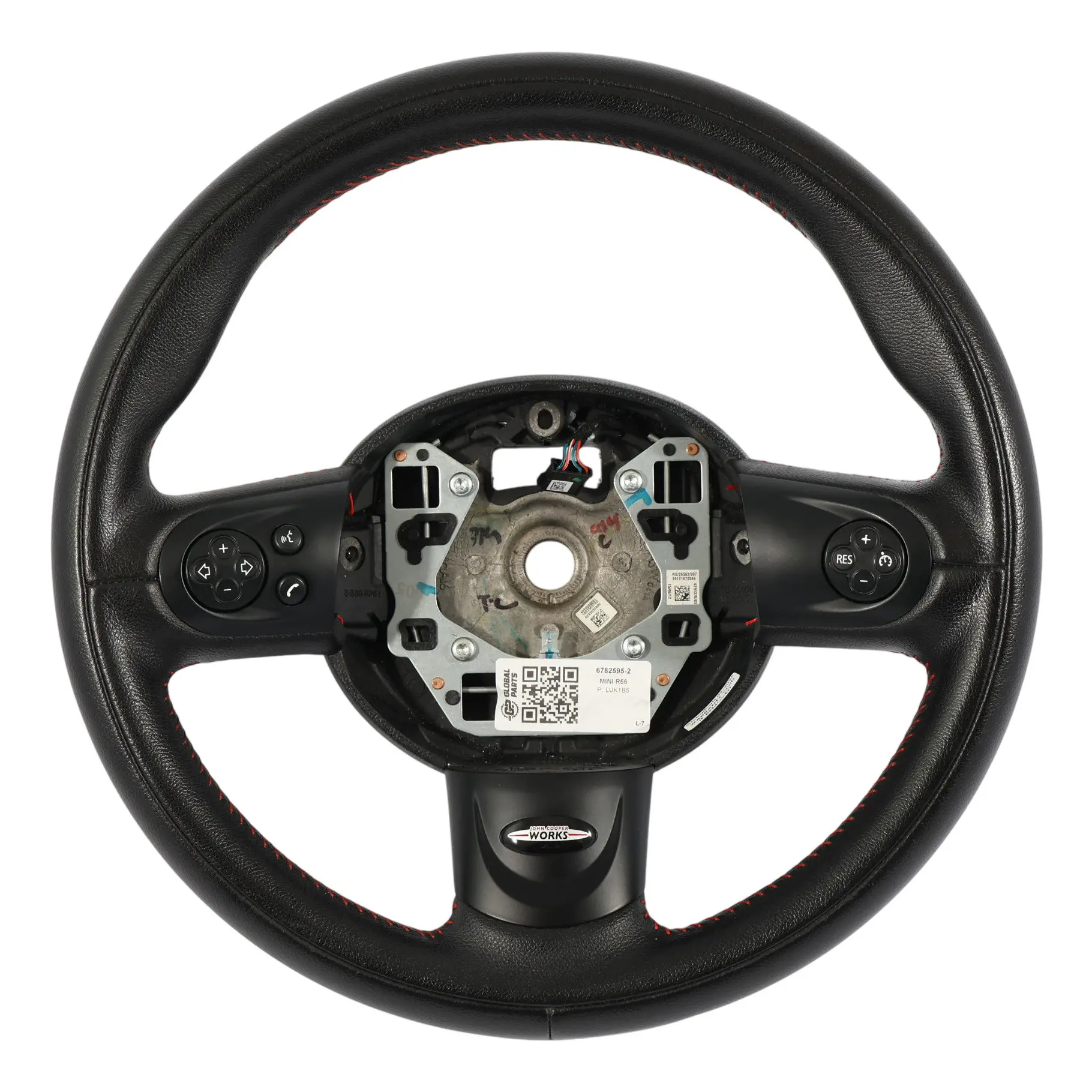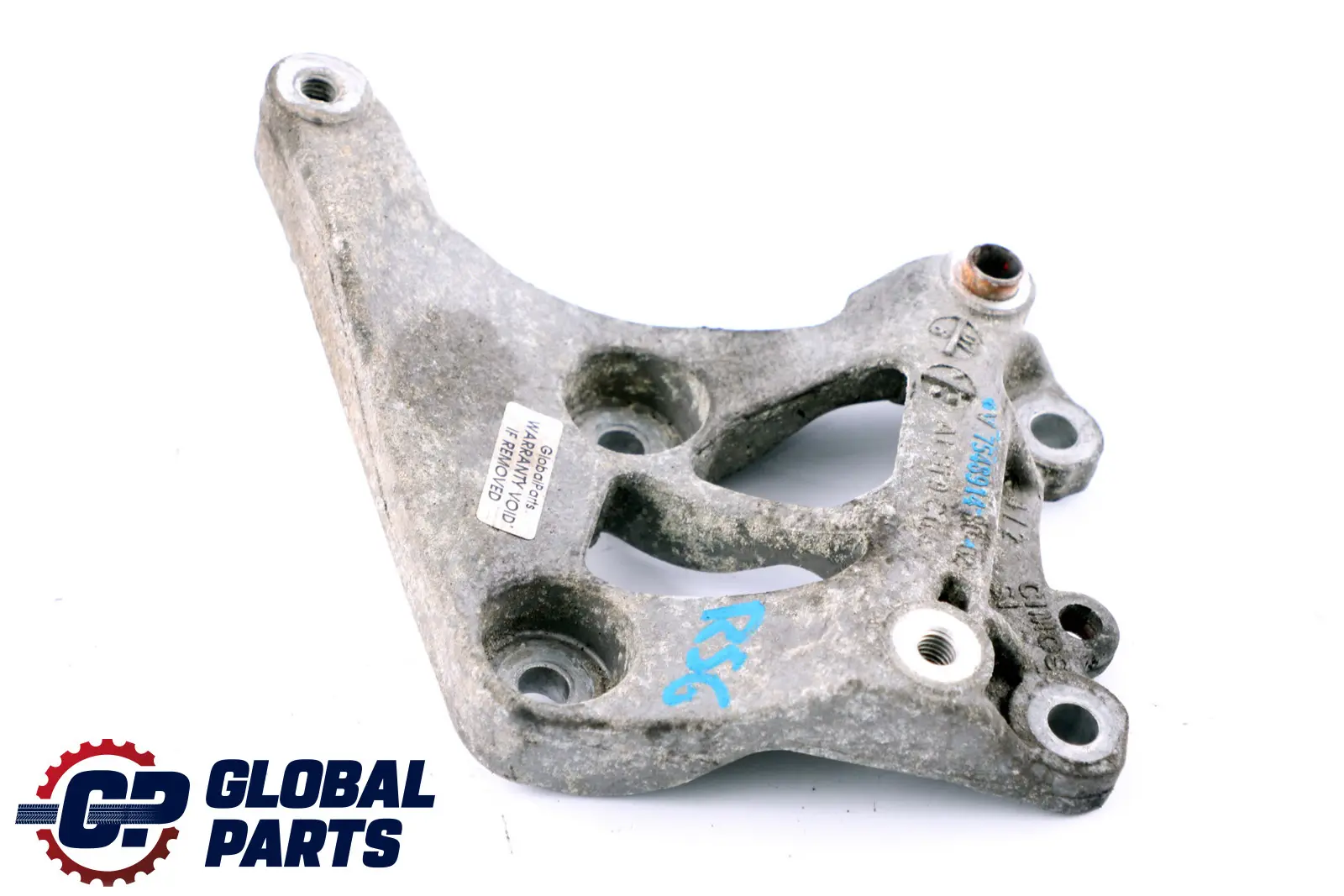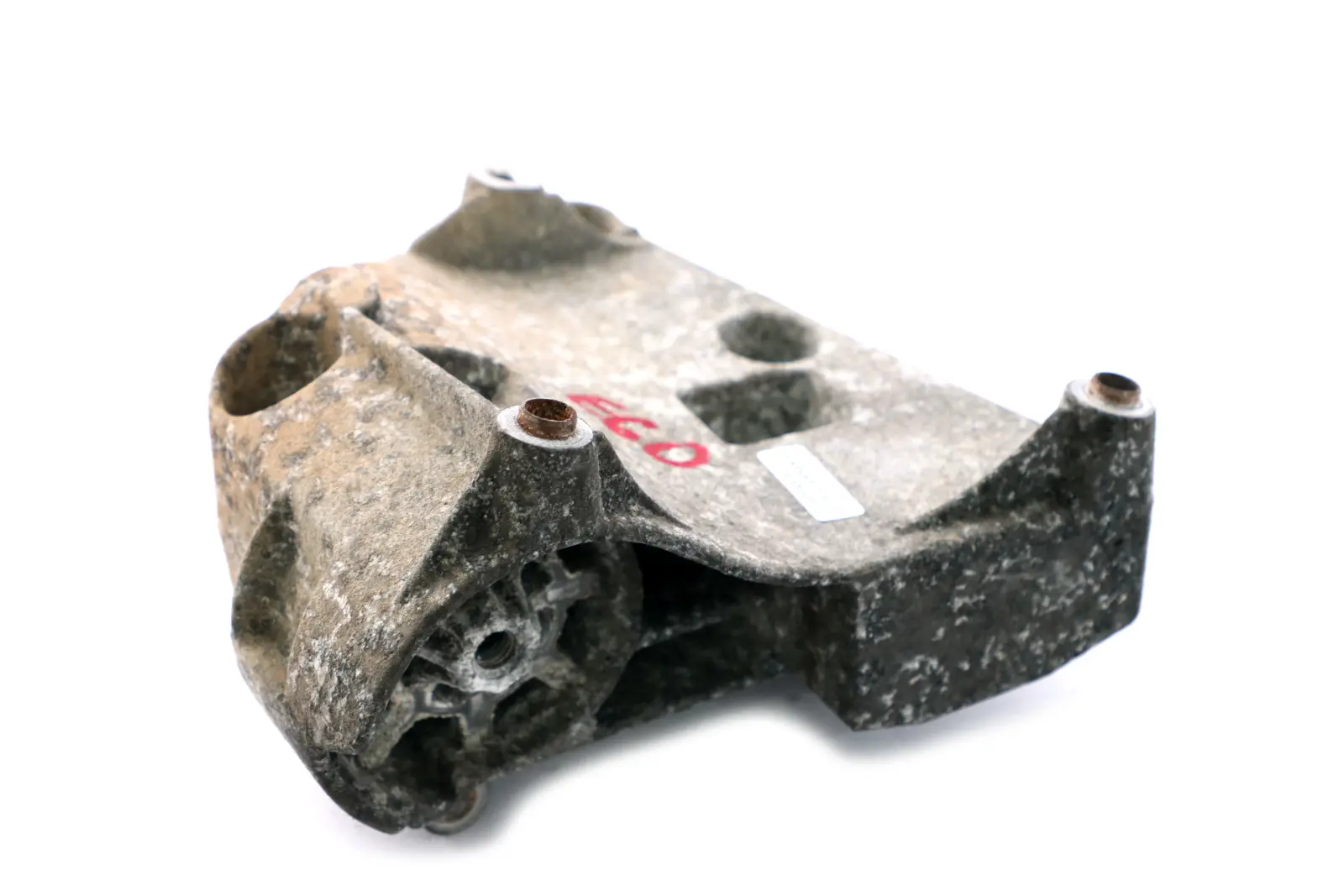A car's suspension determines whether the car handles confidently, comfortably, and predictably in all weather conditions. Stock versions prioritize comfort and durability, while sports suspension brings the car closer to the responsiveness of a track-ready car. Many drivers consider used suspension parts when redesigning their car, as original aftermarket components retain the factory points and geometry. This choice shortens installation time and reduces the risk of modifications, especially in popular BMW, Audi, VW, and Mercedes models. This guide explains how the designs differ, where performance gains are made, and when using OEM parts makes the most sense. The Global Parts team helps confirm compatibility by VIN/OEM and select a kit that suits your driving style and the roads you drive on daily.
Car suspension – what it consists of and how it works
The suspension connects the body to the wheels and filters out bumps while maintaining tire contact with the asphalt. Shock absorbers and struts are the foundation. , coil springs or leaf springs, control arms and ball joints, stabilizer bars, and chassis bushings . The steering system interacts with the suspension through a gear, rods, and end links; in cars with power steering, pumps and hoses are added. Premium versions feature automatic level control (e.g., BMW F11 air suspension). ), which maintains ride height regardless of load. This architecture determines the car's character, and small parameters—like stabilizer bar thickness or bushing hardness—can dramatically change the driving experience.
Stock vs. sports suspension – geometry, materials, parameters
Standard suspensions have longer travel and softer springs to ensure comfort and good performance on rough surfaces. Sport suspension shortens the travel, increases the firmness, and typically lowers the car by 10-30 mm to reduce roll and quicken responsiveness. A thicker anti-roll bar and stiffer bushings reduce roll but transmit more vibrations to the cabin. In factory "M"/"S-line" versions, bearings, hubs, and steering knuckles may have different indexes and mountings, requiring selection within a given year family. This "small difference" is crucial for installation compatibility.
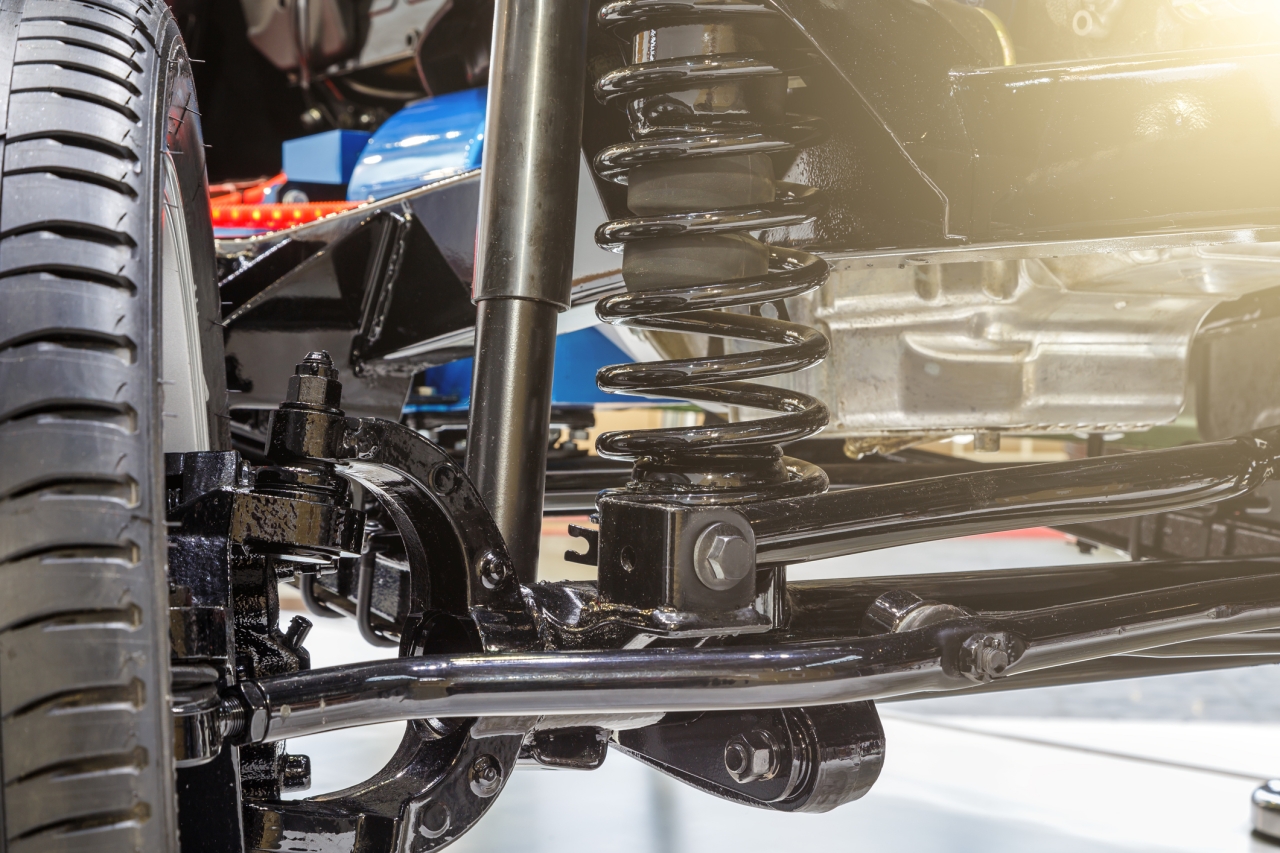
Suspension – which parts are most often chosen by drivers?
In practice, the most common components include: control arms and ball joints, shock absorbers and struts, springs and leaf springs, stabilizer bars, stabilizer clamps, and bushings. These include bearings, wheel hubs, and suspension replacement kits (complete set per axle), shock absorber and strut mounts, and bearing and chassis bushings. In the steering system, the most common components include gears and housings, steering columns, rods and ends, power steering pumps, pump parts, and power steering hoses . Vehicles with adjustable suspension include automatic level control, and off-road models feature steering stabilizers. and reinforced bushings.
When does the standard suspension make sense and when does the sports suspension make sense?
The stock suspension is suitable for long journeys, poor road infrastructure, and everyday use. The sport suspension is suitable for drivers who prefer quick reactions, better-surfaced roads, and occasional trips to the track or mountain sections. For "daily + weekend" projects, the stock setup with a slightly thicker anti-roll bar and better tires provides good results. With a low lowering, it's worth remembering that the negative travel is shortened, and the geometry (toe and camber) requires adjustment after any major disassembly.
Suspension – examples of models and components from the offer
In BMW, the following are popular: BMW E46 rear suspension ( E46 steering knuckle, BMW E46 hub ), BMW E60 front suspension / BMW E60 front suspension ( BMW E60 shock absorber ), BMW E90 rear suspension (BMW E90 bearing, BMW E90 hub), BMW E91 rear shock absorber / BMW E91 rear shock absorber. In Audi and VW: Audi A6 C6 steering knuckle, Audi A3 8P steering knuckle, Golf 5 rear hub / Golf 5 rear bearing, Passat B6 steering knuckle. In Mercedes: Mercedes W211 bearing, Mercedes W211 estate rear suspension and leveling elements. In Skoda: Skoda Octavia 2 rear suspension / Skoda Octavia rear suspension, Audi A4 B8 hub (in the VAG group). In Ford: Mondeo MK4 hub. In newer BMW estates: BMW F11 air suspension with bellows and compressor.
Used Suspension – When Original Aftermarket Parts Have the Advantage
Original used suspension parts fit "on the points" because they retain the brackets, angles, and mounting points provided in the bodywork. This reduces labor hours and reduces the risk of the geometry "leaving" after installation. In older generations, new indexes can be limited, and used OEM parts are readily available in several variants. It's still worth installing new consumables (bushings, bearings, rubbers) – a used carrier + new consumables gives a "factory-like" effect. This approach is particularly effective with steering knuckles, hubs, legs, and stabilizer bars.
Suspension – how to select a part from disassembly step by step
Step 1. VIN and number/OEM – filters generation, widths, and mounts. Step 2. Side and axle – front/rear, left/right, sedan/wagon (different rear loading). Step 3. Accessories family: brakes (disc diameters), ABS and leveling sensors (compatible harnesses), stabilizer bars (diameters). Step 4. Installation accessories: disposable bolts, nuts, brake couplings, and sensors – the little things determine the pace of the work. Step 5. Post-installation geometry – toe-in, camber, caster, and in pneumatics, height calibration.
Suspension – how to take care of stock and sports suspension to ensure it lasts a long time
After major suspension work, a visit to the wheel alignment station is recommended. Shock absorbers should be checked every several thousand kilometers, especially if the car frequently hits bumps and potholes. Bushings and pivots can make their presence felt with knocking over small bumps and "floating" when braking; reacting to early warning signs saves tires and brakes. Air suspension systems also require regular inspection of the bellows and hoses for leaks. Any time the steering system is serviced ( BMW F10 steering rack, struts, and linkages), it's worth checking the condition of the power steering and hoses.
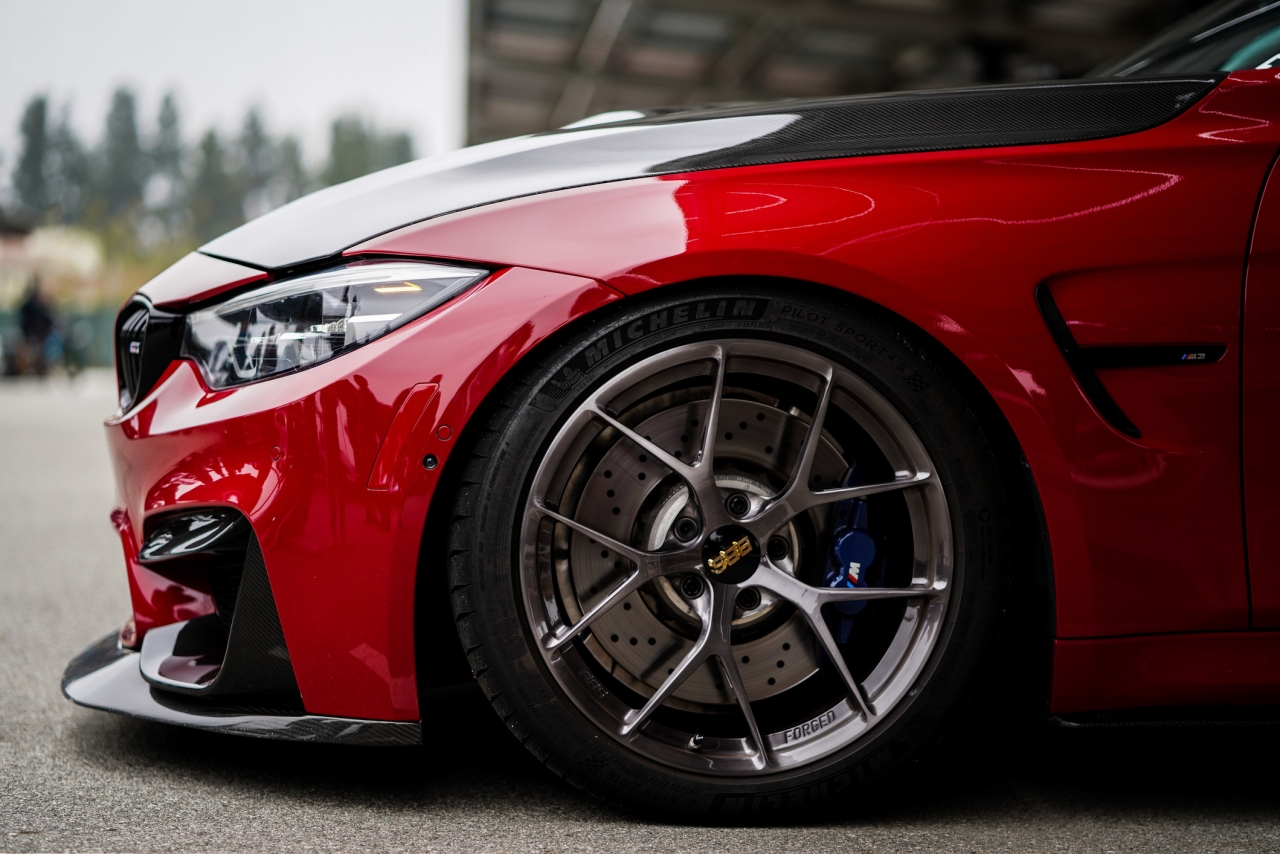
Suspension – the most common myths and how to avoid them
Myth 1. "Every steering knuckle from this brand fits." – No, because the points and brakes differ; what matters is the platform and OEM. Myth 2. "Lowering always improves handling." – Only with geometry correction and matching anti-roll bars; otherwise, the car oversteers. Myth 3. "Hard bushings are always better." – Stiffness without coordination with the rest of the system increases NVH and can worsen traction on bumps. Myth 4. "The bearing only 'whines'." – High resistance raises temperatures earlier and worsens braking. Myth 5. "Air suspension = nothing but problems." – Faulty diagnostics and good air springs last for years; the biggest enemies are neglected hoses and moisture.
Suspension comparison table (stock vs. sport)
| Criterion | Standard suspension | Sports suspension |
|---|---|---|
| Height and jump | Higher, longer stroke | ~10-30mm lower, shorter stroke |
| Stabilizers | Thinner, comfortable | Thicker, smaller tilts |
| Bushings | Softer, more comfortable | Harder, more precise handling |
| Shock absorbers | Soft characteristics | Harder/two-stage (common) |
| Tires and ET | More universal design | Requires precise ET and appropriate tire |
| Service | Less frequent geometry settings | More frequent geometry, more care |
FAQ - most frequently asked questions about suspension
| Question | Short answer |
|---|---|
| What is a car suspension system? | A car's suspension system is a set of components connecting the wheels to the body: springs, shock absorbers, wishbones, bushings and stabilizers. |
| What is the difference between the standard and sports suspension? | Standard – comfort and travel; sports suspension means precision, stiffness and lower ground clearance. |
| Is used suspension a good idea? | Yes, if they are original parts and match the OEM/VIN – installation is predictable. |
| When to set geometry? | After any major intervention, replacement of the steering knuckle, control arm, springs or lowering. |
| What components are replaced as a “kit”? | Shock absorber + mounting + bump stops or a set of axle bushings. |
| How to recognize a worn bearing/hub? | Noise increasing with speed, play in the wheel, uneven tire wear – inspection needed. |
| Should we do "prevention" in pneumatics? | Yes, regularly check the bellows, hoses and dryer for leaks. |
